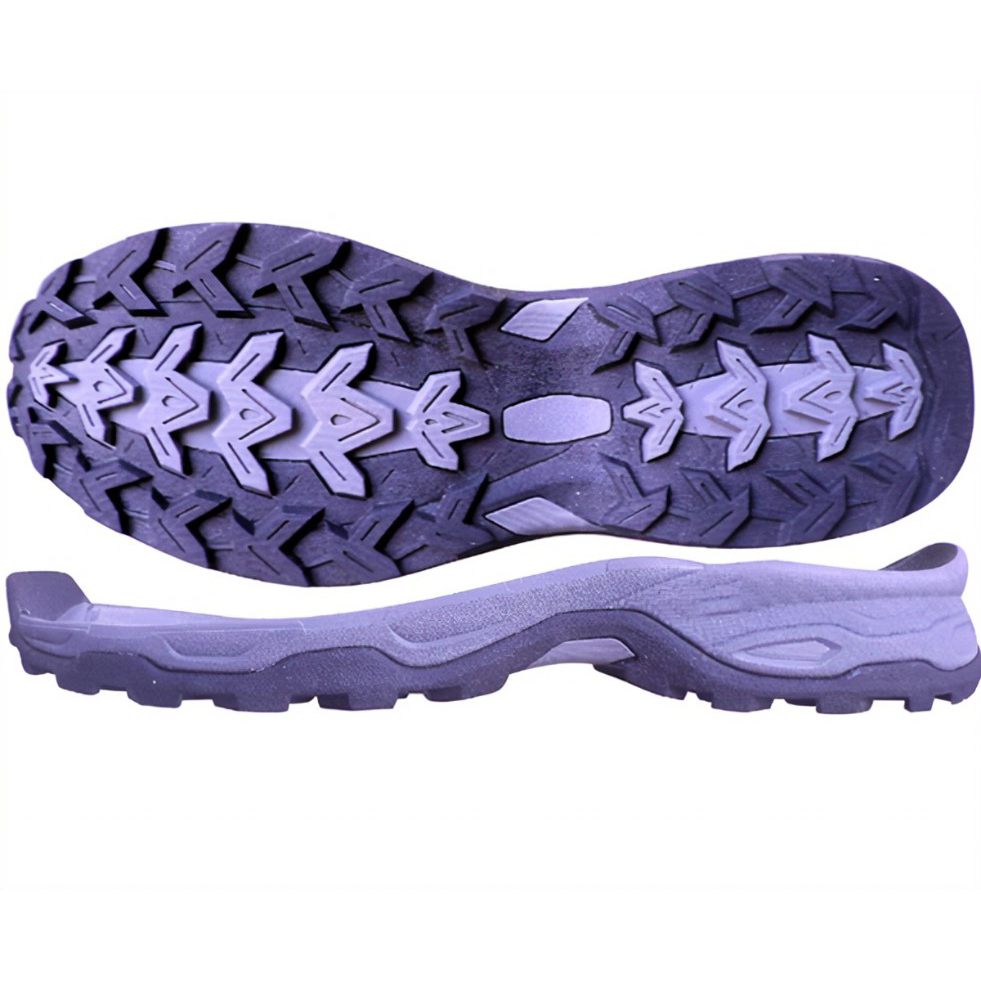Globally, the annual market consumption of EVA is increasing, and it is widely used in the fields of foamed shoe materials, functional shed films, packaging films, hot melt adhesives, EVA shoe materials, wires and cables, and toys.
The specific application of EVA is decided according to its VA content, in the case of a certain MI value, the higher the VA content, its elasticity, softness, compatibility, transparency, and so on, the higher; when the content of VA is reduced, its performance is close to polyethylene (PE), rigidity increases, abrasion resistance, electrical insulation will also be improved.
Given EVA’s exceptional flexibility and its early adoption as a foam material in footwear, it has revolutionized perceptions regarding midsole materials. Pure EVA foam boasts a resilience typically ranging from 40-45%, significantly surpassing materials like PVC and rubber. This, coupled with its relatively low cost, has established EVA as a preferred midsole and outsole material across major shoe factories.
Although EVA soles are popular among consumers for their lightweight and comfortable properties. As an important part of the shoe material, it is subject to wear and tear when it comes into contact with the ground during use. It affects the service life and comfort of shoes.
Enhancing the abrasion resistance of elastomeric materials in shoe soles is imperative for ensuring safety, prolonging service life, and conserving energy.
Common methods to enhance the wear resistance of the sole of the shoe material:
Add filler: Improve the mechanical properties of the matrix, such as hardness, mechanical strength, and other aspects. Fine particles are highly dispersed in the matrix, hindering the matrix from plastic deformation and improving the mechanical properties and wear resistance of the material. (Add talc, calcium carbonate, nano, and other fillers)
Composite polymers: NR, EPDM, POE, TPU, and other thermoplastic elastomers and EVA to prepare composite materials can improve strength, resilience, and wear resistance.
Wear-resistant lubricants: carbon black, polysiloxane (to reduce the surface friction coefficient, and increase the elastic recovery), molybdenum disulfide, PTFE, etc. can reduce the surface friction coefficient of the material to achieve the effect of wear resistance.
Introducing SILIKE Anti-Abrasion Technology: Efficient Method to Enhancing Abrasion Resistance in Shoe Materials
As a branch of the series of silicone additives, SILIKE Anti-abrasion masterbatch NM series especially focuses on enlarging its abrasion-resistance property except for the general characteristics of silicone additives and greatly improves the abrasion-resisting ability of shoe sole compounds. Mainly applied to shoes such as TPR, EVA, TPU, and rubber outsole, this series of additives focuses on improving the abrasion resistance of shoes, prolonging the service life of shoes, and improving comfort and practicability.
SILIKE Anti-abrasion masterbatch ( Anti-wear agent ) NM-2T is a pelletized formulation with a 50% UHMW Siloxane polymer dispersed in EVA resin. Particularly developed for EVA or EVA-compatible resin systems to improve the final items’ abrasion resistance and decrease the abrasion value in the thermoplastics.
Compared to conventional lower molecular weight Silicone / Siloxane additives, like Silicone oil, silicone fluids, or other type abrasion additives, SILIKE Anti-abrasion Masterbatch NM-2T is expected to give a much better abrasion resistance properties without any influence on hardness and color.
Step into Excellence: How SILIKE Anti-Abrasion masterbatch Enhances Shoe Quality
SILIKE Anti-abrasion masterbatch may be processed in the same way as the resin carrier on which they are based. It can be used in classical melt blending processes like Single /Twin screw extruders, and injection molding. A physical blend with virgin polymer pellets is recommended.
When added to EVA or similar thermoplastic at 0.2 to 1%, improved processing and flow of the resin is expected, including better mold filling, less extruder torque, internal lubricants, mold release, and faster throughput; At a higher addition level, 2~10%, improved surface properties are expected, including lubricity, slip, lower coefficient of friction and greater mar/scratch and abrasion resistance.
SILIKE Wear Resistant agent is an environmentally friendly processing aid that not only improves processing performance but also surface properties. It does not affect hardness and color and meets DIN, ASTM, NBS, AKRON, SATRA, and GB wear test standards.
SILIKE Shoe Abrasion Resistant Agent has a wide range of application cases in the market and has provided effective solutions for many shoe manufacturers over the years and improved the competitiveness of their products. If you are also worried about improving the abrasion resistance of your shoe outsole, SILIKE is very willing to help you solve the problem.
How to get SILIKE’s Abrasion-Resistant Agent for Shoe Materials?
You can find more information by visiting our website: www.siliketech.com. Or send us an email at amy.wang@silike.cn. We are committed to collaborating with you to explore innovative applications in the footwear industry.
Post time: Apr-09-2024






